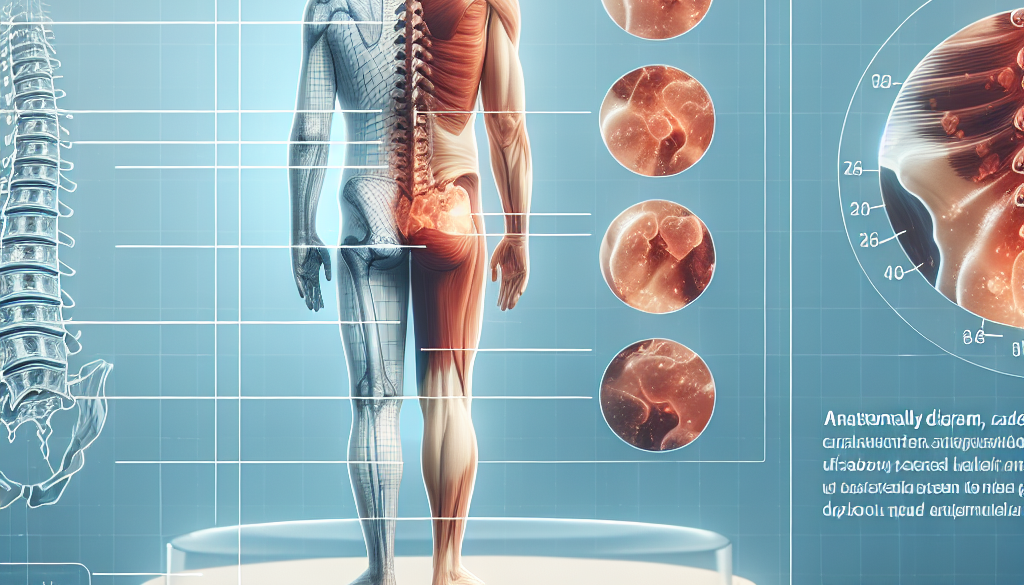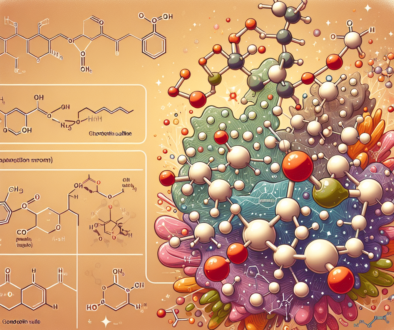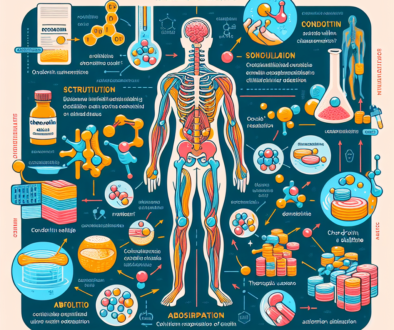Caudal Regression Syndrome Terminal Liposma: Overview and Facts
-
Table of Contents
- Caudal Regression Syndrome and Terminal Lipoma: Understanding the Condition
- What is Caudal Regression Syndrome?
- Association with Terminal Lipoma
- Signs and Symptoms of CRS
- Diagnosis and Treatment
- Case Studies and Statistics
- Living with CRS
- Conclusion: Key Takeaways on CRS and Terminal Lipoma
- ETChem’s Protein Products: Supporting Health and Recovery
Caudal Regression Syndrome and Terminal Lipoma: Understanding the Condition

Caudal Regression Syndrome (CRS) is a rare congenital disorder that affects the development of the lower half of the body, particularly the spine. It is characterized by abnormal development of the lower spine and can lead to a variety of complications, including difficulties with the lower limbs, urinary and bowel dysfunction, and in some cases, a terminal lipoma. This article provides an overview of Caudal Regression Syndrome, its association with terminal lipoma, and the facts surrounding this complex condition.
What is Caudal Regression Syndrome?
Caudal Regression Syndrome is a disorder that occurs during fetal development, resulting in the underdevelopment of the lower spine. The severity of CRS can vary widely, from mild cases with few symptoms to severe cases that can cause significant physical limitations. The exact cause of CRS is not well understood, but it is believed to be related to genetic and environmental factors, including maternal diabetes.
Association with Terminal Lipoma
A terminal lipoma is a fatty mass that can occur at the end of the spinal cord. In individuals with CRS, a terminal lipoma can sometimes be present, further complicating the condition. This lipoma can tether the spinal cord, leading to a condition known as tethered cord syndrome, which can cause neurological and functional impairments.
Signs and Symptoms of CRS
The symptoms of CRS can vary depending on the severity of the condition. Common signs include:
- Abnormal development of the lower spine
- Deformities of the lower limbs
- Difficulty with bowel and bladder control
- Lower back pain
- Neurological abnormalities
In cases where a terminal lipoma is present, additional symptoms related to tethered cord syndrome may occur, such as:
- Changes in leg strength or sensation
- Back pain
- Foot deformities
- Changes in bladder or bowel function
Diagnosis and Treatment
Diagnosis of CRS typically involves a combination of physical examination, imaging studies such as MRI or ultrasound, and a thorough medical history. Once diagnosed, treatment options for CRS and associated terminal lipoma may include:
- Orthopedic interventions to address limb deformities
- Neurosurgical procedures to remove the lipoma and untether the spinal cord
- Physical therapy to improve mobility and strength
- Management of bladder and bowel dysfunction
Early diagnosis and intervention are crucial for improving outcomes and quality of life for individuals with CRS.
Case Studies and Statistics
While CRS is rare, affecting approximately 1 in 25,000 live births, case studies have provided valuable insights into the condition. For example, a study published in the Journal of Pediatric Orthopaedics detailed the successful surgical intervention in a child with CRS and terminal lipoma, resulting in improved motor function and quality of life.
Another study in the journal Spine highlighted the importance of early detection and treatment of tethered cord syndrome in patients with CRS to prevent the progression of neurological deficits.
Living with CRS
Living with CRS can be challenging, but with proper medical care and support, individuals with the condition can lead fulfilling lives. It is important for patients and families to work closely with a multidisciplinary team of healthcare providers, including pediatricians, orthopedic surgeons, neurosurgeons, and physical therapists.
Conclusion: Key Takeaways on CRS and Terminal Lipoma
Caudal Regression Syndrome is a complex condition that requires a comprehensive approach to diagnosis and treatment. The presence of a terminal lipoma can complicate CRS by causing tethered cord syndrome, necessitating careful monitoring and potential surgical intervention. Despite the challenges, with early and appropriate care, individuals with CRS can achieve positive outcomes.
ETChem’s Protein Products: Supporting Health and Recovery
For individuals recovering from surgical interventions related to CRS and terminal lipoma, protein plays a crucial role in healing and tissue repair. ETChem’s range of high-quality collagen products can be an essential part of a balanced diet to support recovery and overall health. Their collagen offerings, including marine, fish, bovine, and chicken collagen, provide a variety of options to meet dietary preferences and needs.
About ETChem:
ETChem, a reputable Chinese Collagen factory manufacturer and supplier, is renowned for producing, stocking, exporting, and delivering the highest quality collagens. They include marine collagen, fish collagen, bovine collagen, chicken collagen, type I collagen, type II collagen and type III collagen etc. Their offerings, characterized by a neutral taste, instant solubility attributes, cater to a diverse range of industries. They serve nutraceutical, pharmaceutical, cosmeceutical, veterinary, as well as food and beverage finished product distributors, traders, and manufacturers across Europe, USA, Canada, Australia, Thailand, Japan, Korea, Brazil, and Chile, among others.
ETChem specialization includes exporting and delivering tailor-made collagen powder and finished collagen nutritional supplements. Their extensive product range covers sectors like Food and Beverage, Sports Nutrition, Weight Management, Dietary Supplements, Health and Wellness Products, ensuring comprehensive solutions to meet all your protein needs.
As a trusted company by leading global food and beverage brands and Fortune 500 companies, ETChem reinforces China’s reputation in the global arena. For more information or to sample their products, please contact them and email karen(at)et-chem.com today.




